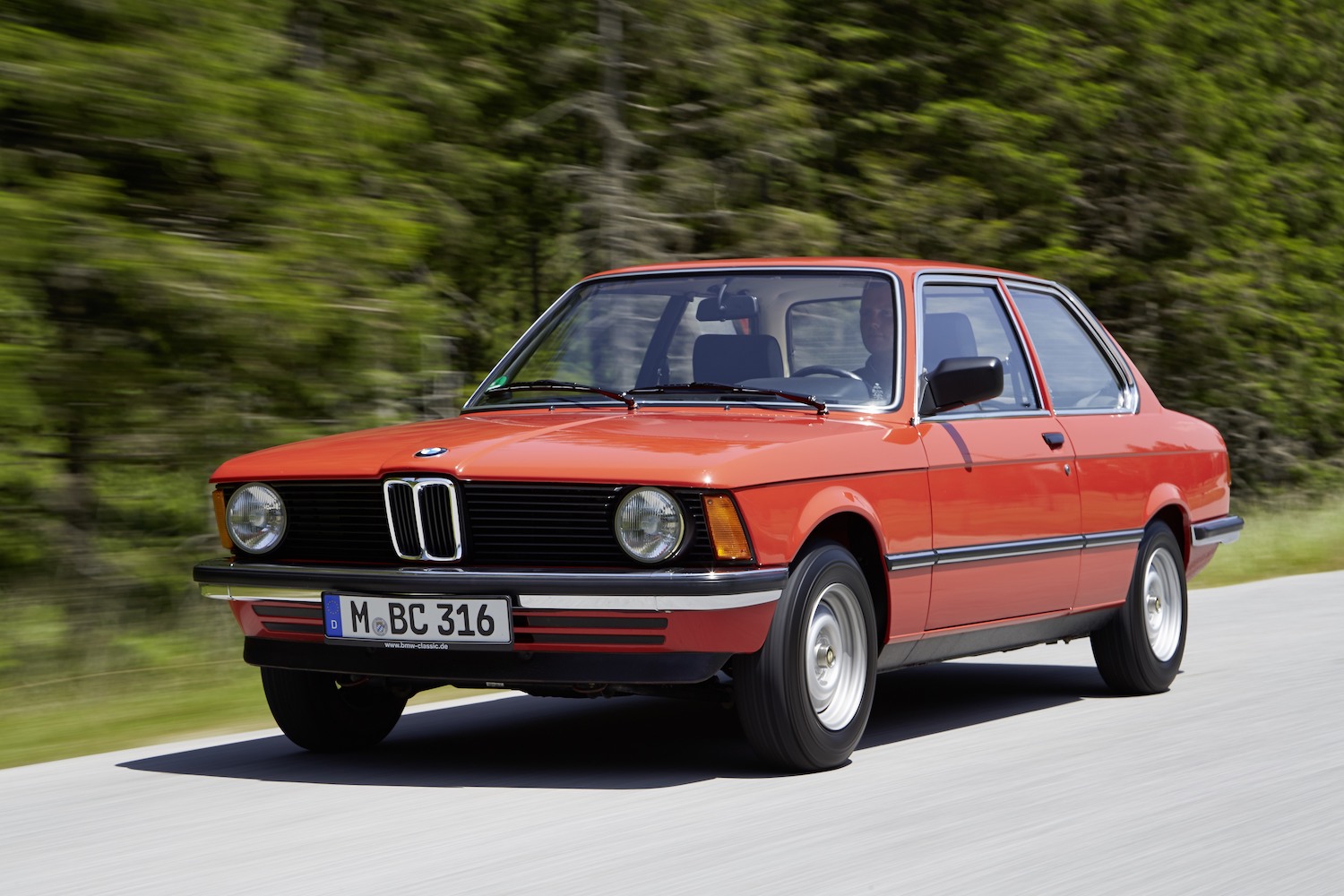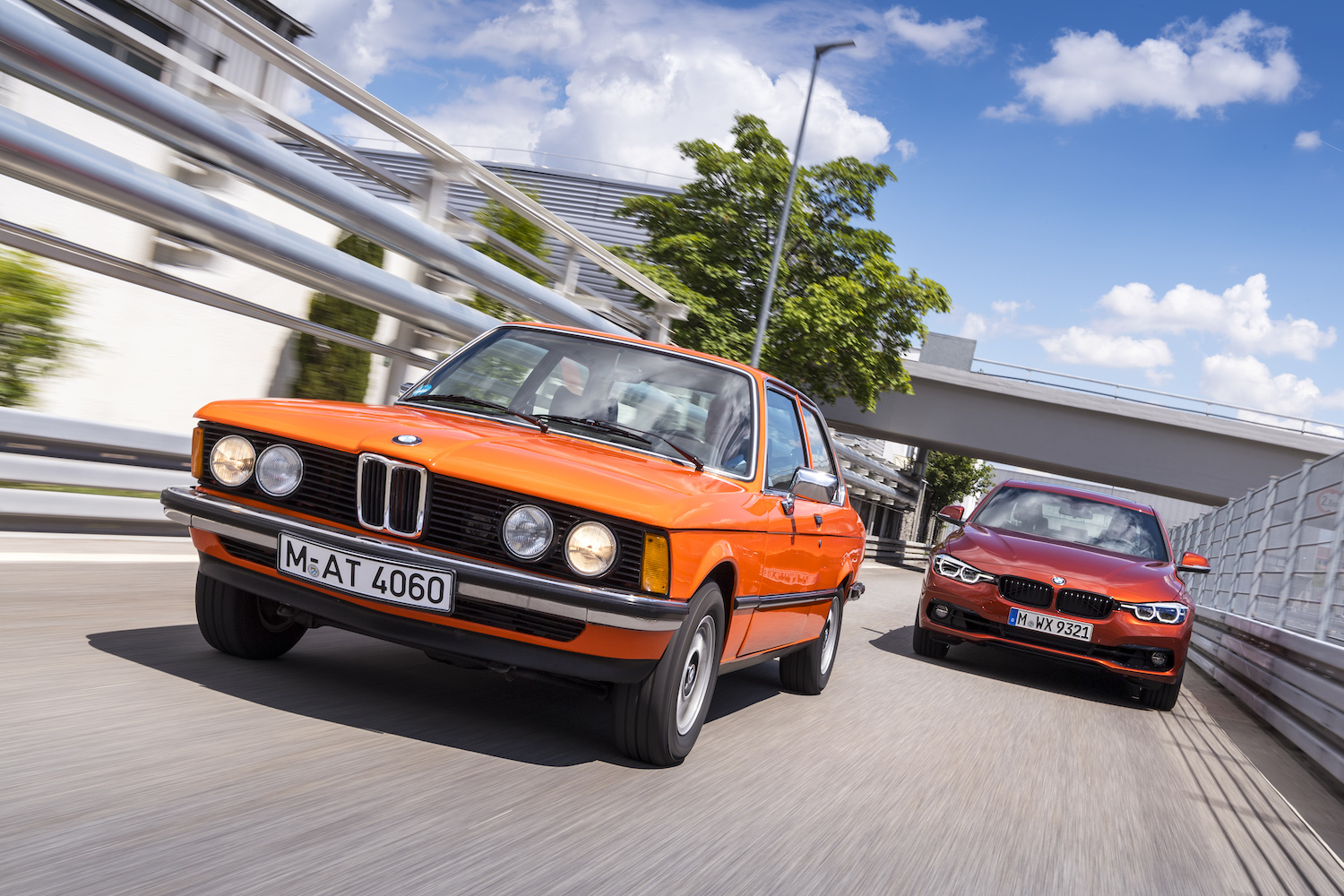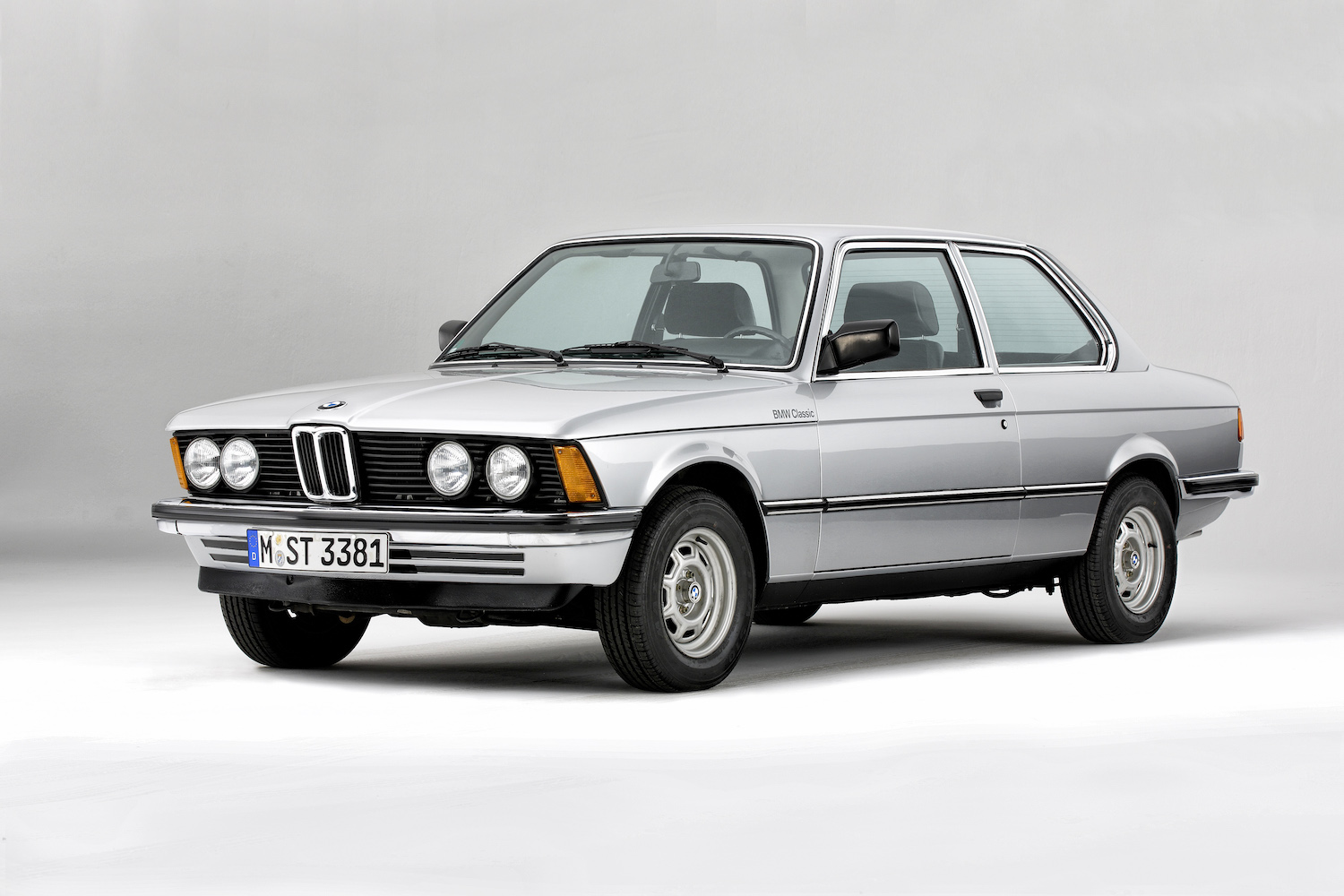The 1977–83 BMW 320i is climbing
For a long time, the BMW E21 (1977–83) has been the forgotten 3 Series of the lineage. Even though the E21 was the first to wear the long-lived 3 Series badge, this inaugural generation of BMW’s bread-and-butter sport sedan goes overlooked and underappreciated compared to the legendary 2002 that preceded it and the popular E30-generation 3 Series that came after. That attitude might be changing—prices for the E21 are on the rise.
The 2002 was the culmination of BMW’s New Class (Neue Klasse) model line and helped to establish the brand’s reputation in North America. The E21 3 Series that followed was a compelling evolution in terms of style—both inside and out. Paul Bracq’s design for the car utilized the shark-nose front end, trademark “Hofmeister kink” C-pillar, larger taillights, and a boxier shape that elevated its look to more closely resemble the contemporary 5 Series. Meanwhile, the E21’s suspension was a bit softer than the sporty 2002, which didn’t satisfy many BMW diehards.
On top of that, there was no six-cylinder 3 Series in the U.S. when it arrived for the 1977 model year—only the fuel-injected versions of the M10 four-cylinder passed muster during the Malaise Era oil crisis. The initial 320i models, from 1977 to 1979, used 2.0-liter four-cylinder engines good for 110 hp. For the 1980 model year, lasting until the end of the run in 1983, BMW downsized the powerplant in the 320i to 1.8 liters and 101 hp, adding a 320iS variant that swapped out the standard four-speed manual transmission for a five-speed, stiffened the suspension, and upgraded the rear end with a limited-slip differential. The 320iS also benefited from a unique front air dam, cross-spoke alloy wheels, Recaro seats, sunroof, and a three-spoke leather-wrapped steering wheel.

Prices for the initial 1977–79 320i are up about 23 percent in the last year for #2-condition (Excellent) examples, which results in a median value of $10,100. That’s up 60 percent over the last five years. For the later 1.8-liter models, from 1980–83, prices of #2-condition E31s are up 17 percent since last year and 51 percent over the last five, coming in at $9500.
There’s reason to expect these prices to continue their climb. Popularity among younger enthusiasts like Millennials bodes well for continued interest in any collector car, and it should come as no surprise that Millennials dig the E21. While this demographic makes up 21 percent of insurance quotes for the whole market, Millennials represent 41.6 percent of E21 insurance quotes. Insurance quotes in general for this generation of 3 Series are particularly high too, ranking near the top of all cars we track.
So why exactly is the 1977–83 on the upswing? Well, it’s hard to say for sure, but it doesn’t hurt that both 2002 and E30-generation 3 Series prices are on the rise, and for those interested in a vintage BMW of this type, the cost of entry has been palatable for a while. As long as buyers want a whiff of the ultimate driving machine, especially as it relates to BMW’s perhaps most celebrated model line, the 3 Series, the E21’s prospects are bright.











